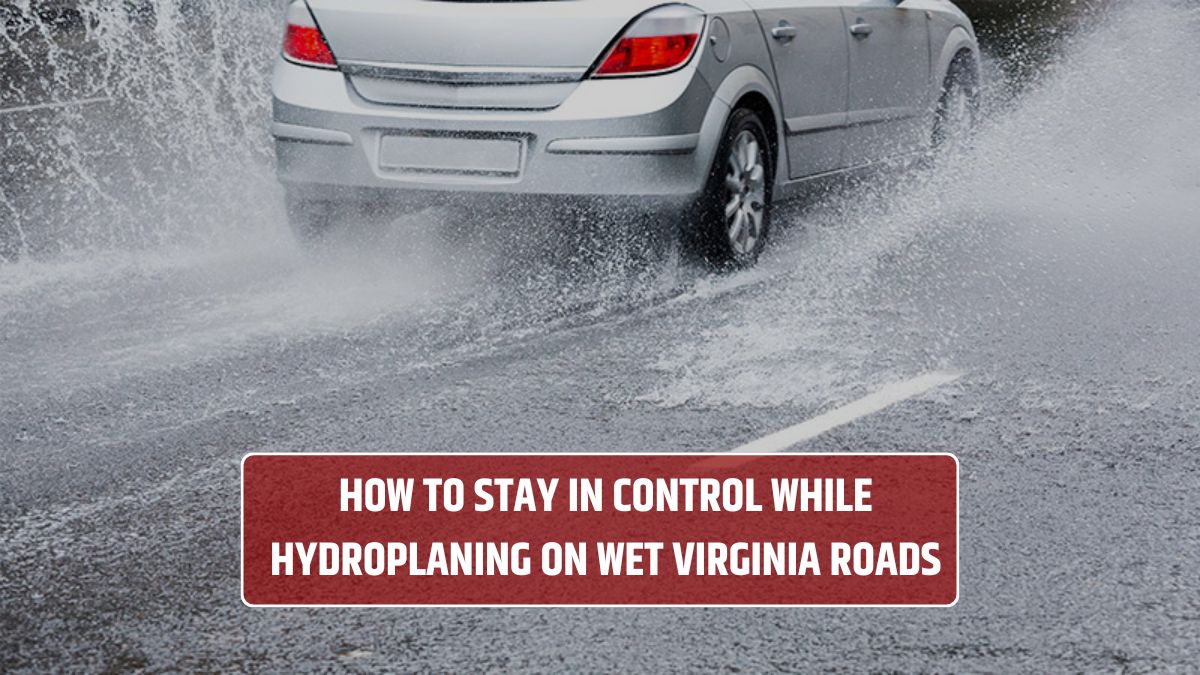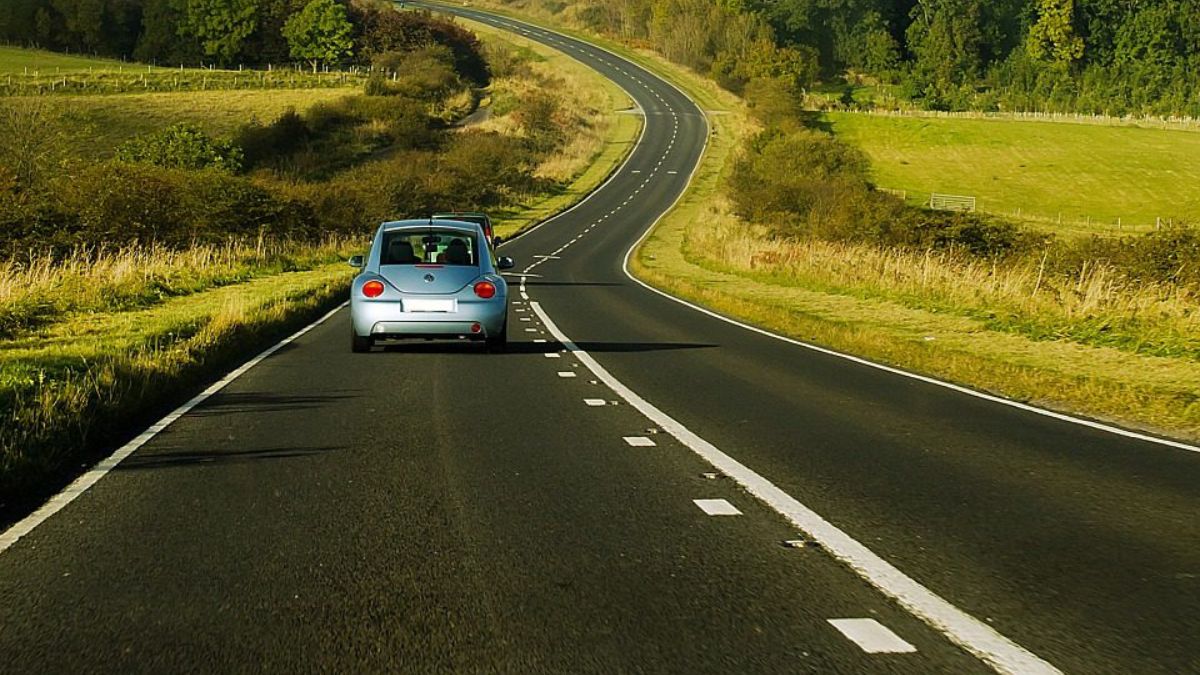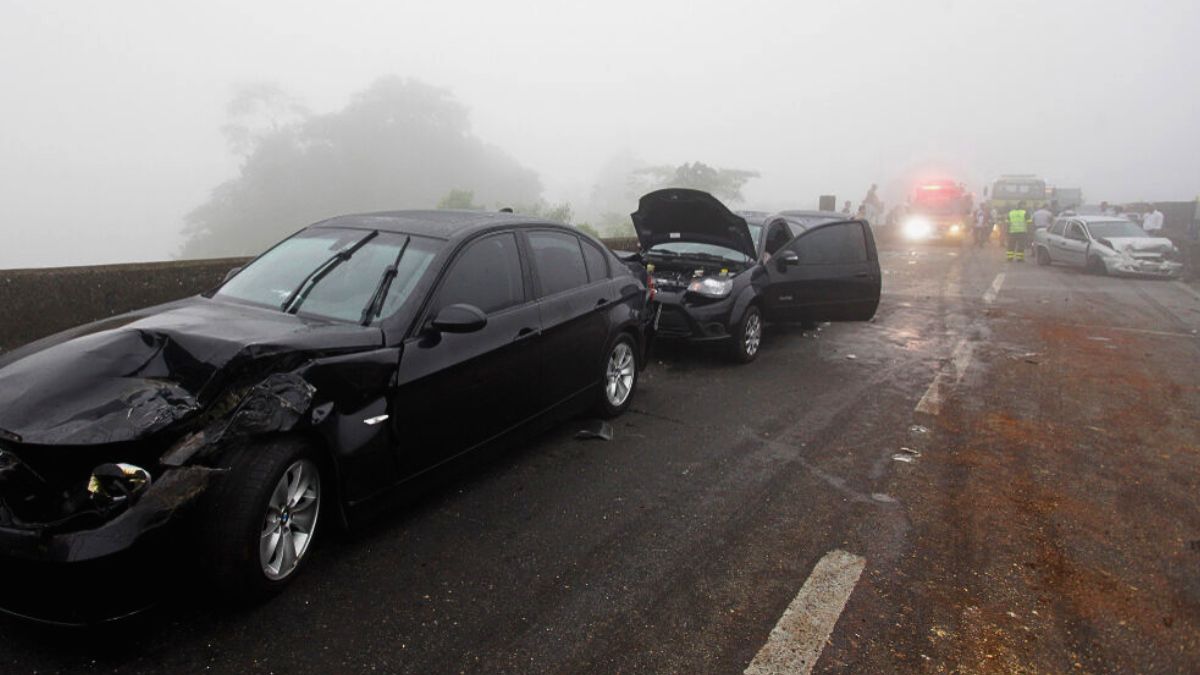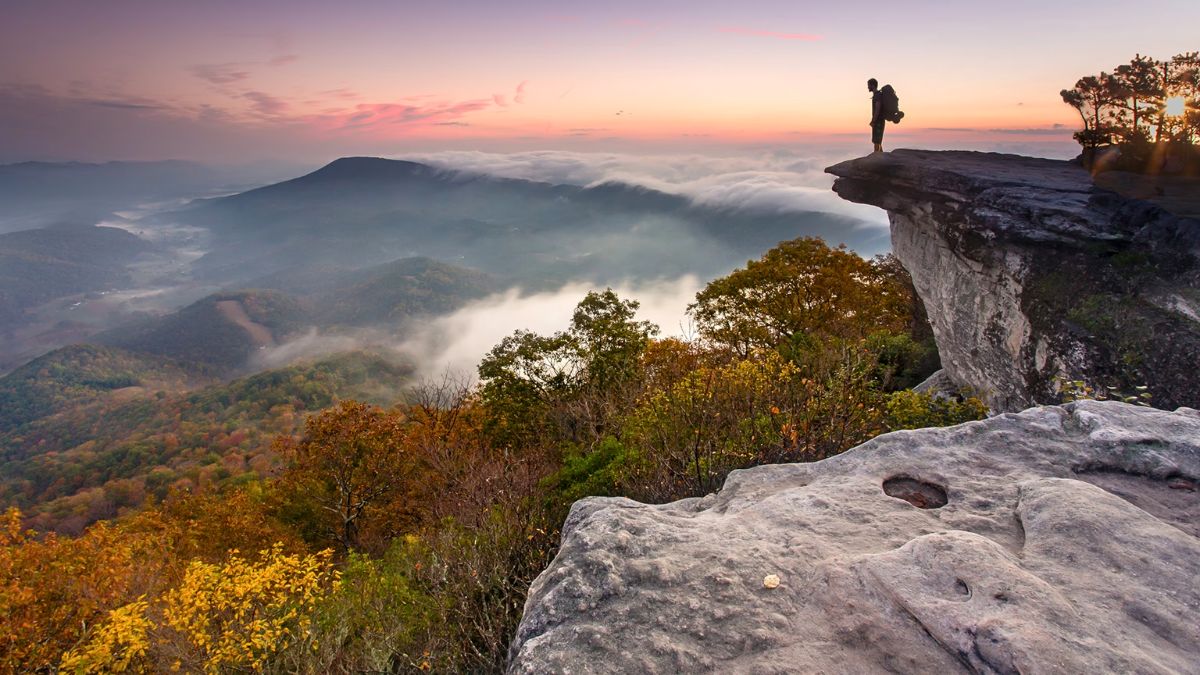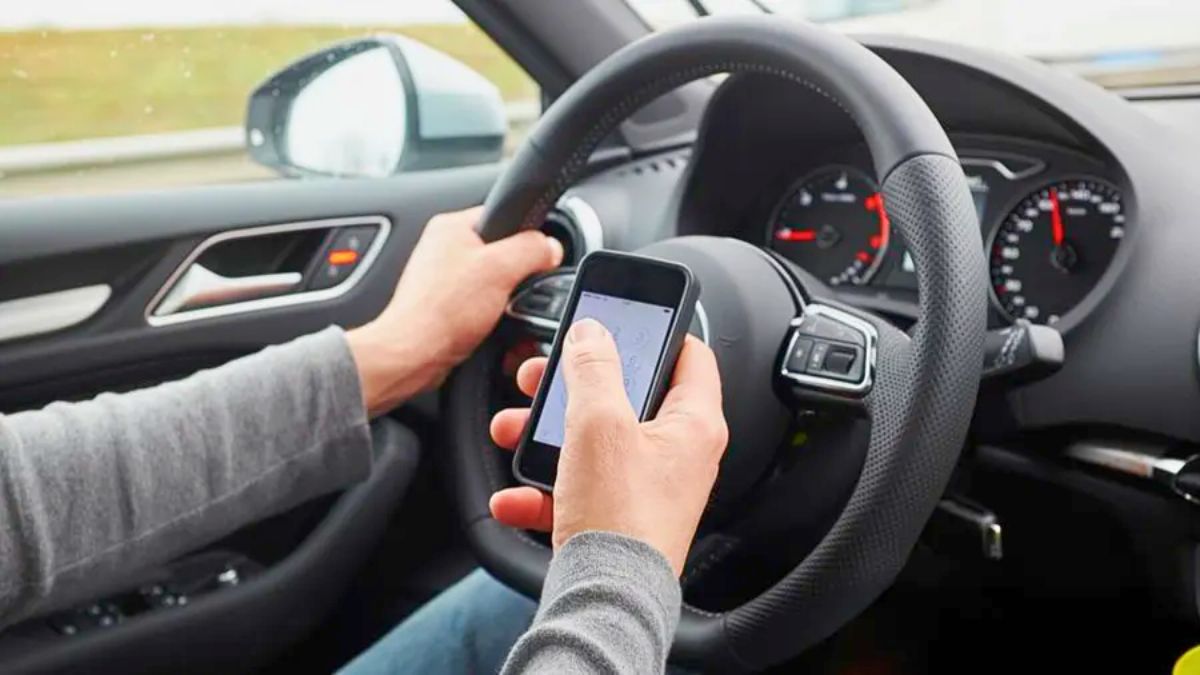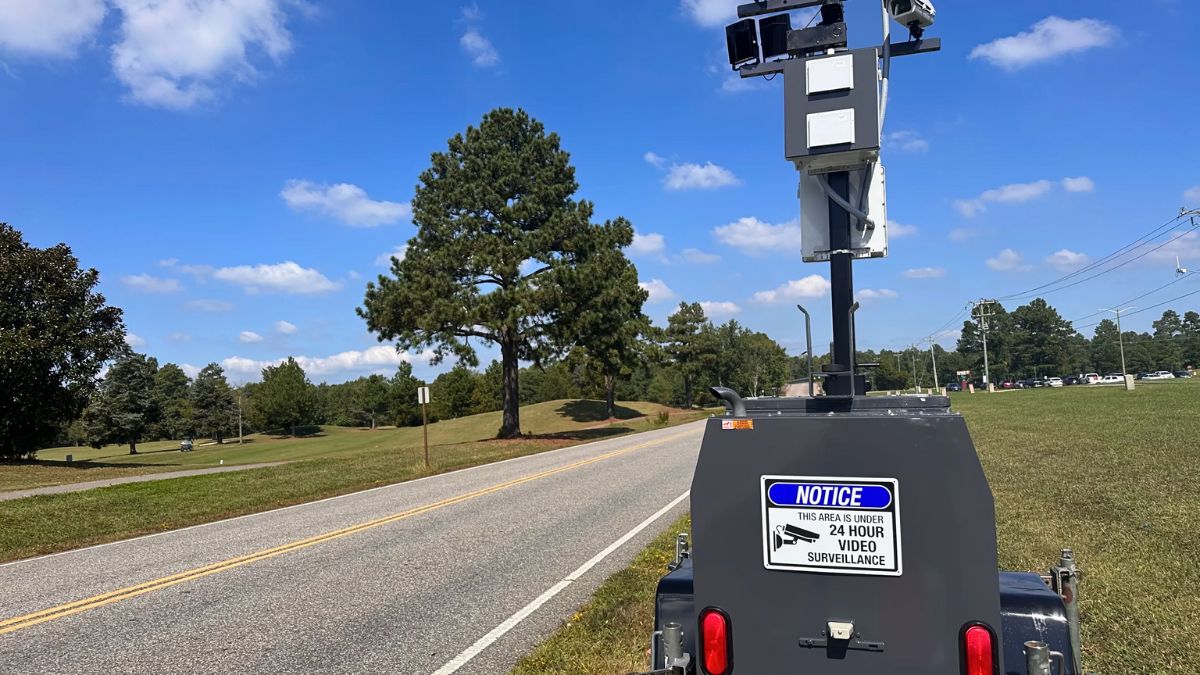Hydroplaning can sneak up on you — especially during Virginia’s unpredictable rainstorms. One minute you’re cruising down I-64 or Route 29, and the next, your steering feels loose, your tires lose grip, and you’re sliding like you’re on ice. Scary, right? But knowing how to handle hydroplaning can make all the difference. Let’s walk through what it is, how to handle it, and how to avoid it altogether.
What
Hydroplaning happens when your tires lose contact with the road because of a thin layer of water. Basically, your tires are floating — and no traction means no control. This usually happens when you’re driving over 35 mph in wet conditions, especially if your tires are worn or underinflated.
Even light rain can cause hydroplaning if the road surface is oily from built-up grime. Virginia’s roads — especially rural or poorly drained areas — are prime spots for this.
Signs
Wondering if your car is hydroplaning? Here’s how to tell:
- Sudden loss of steering control
- Feeling like the car is “floating”
- The engine revs, but the car slows or slides
- Your wheels don’t respond to turns
It usually feels like your car is drifting or gliding, even if you’re not touching the gas.
Don’ts
The worst thing you can do when hydroplaning? Overreact. Here’s what not to do:
- Don’t slam on the brakes
- Don’t jerk the steering wheel
- Don’t hit the gas
Panicking or trying to force control back can make you spin out completely.
Do’s
Here’s how to regain control if you start to hydroplane:
- Stay calm – Your reaction matters more than the skid itself.
- Ease off the gas – Let your foot off the accelerator slowly.
- Hold the wheel straight – Don’t overcorrect or jerk the wheel.
- Wait – As your tires reconnect with the road, you’ll feel traction return.
- Gently steer – Once you’ve regained grip, guide your car carefully.
If you absolutely need to slow down, tap the brakes lightly — especially if you have anti-lock brakes (ABS).
Where
In Virginia, hydroplaning is more common in these places:
| Road Type | Risk Factor |
|---|---|
| Interstates (I-95, I-81) | High speeds, heavy traffic |
| Back roads | Poor drainage, slick curves |
| City streets | Oil buildup, sudden puddles |
| Mountain roads | Steep grades, reduced visibility |
Always be extra cautious during the first 30 minutes of rain — that’s when roads are slickest from oil mixing with water.
Prevent
You can’t stop the rain, but you can reduce your hydroplaning risk:
- Keep your tires properly inflated
- Rotate your tires regularly
- Replace bald or worn tires
- Slow down during rain
- Avoid cruise control in wet weather
- Drive in the tracks of the car ahead
Also, make sure your windshield wipers are in top shape — if you can’t see, you can’t steer.
Driving in Virginia rain is just part of life here. But hydroplaning doesn’t have to lead to disaster. With the right response and a little preparation, you can stay in control and avoid turning a wet road into a wreck.
FAQs
What causes hydroplaning?
Water buildup causes tires to lose road contact.
Can I brake while hydroplaning?
Lightly tap brakes if needed, don’t slam them.
Does speed affect hydroplaning?
Yes, higher speeds increase the risk.
Is cruise control safe in rain?
No, turn it off to stay responsive.
What roads in Virginia are worst?
Highways, back roads, and city streets with puddles.
